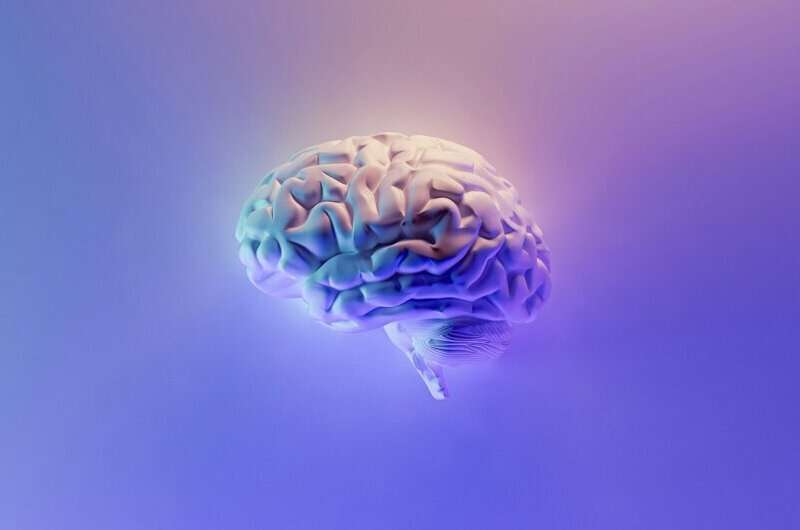
The gene SYNGAP1, the variants of which are top risk factors for Autism Spectrum Disorder (ASD), has previously unappreciated effects on the developing brain, according to a new study published in Nature Neuroscience. The study shows how disease-causing variants of SYNGAP1, thought primarily to affect synapses between mature neurons, could disrupt early development in a key region of the brain known as the cortex.
“Our findings reframe our understanding of the developmental role not only of SYNGAP1, but also of an entire category of ASD risk genes previously thought to be primarily involved in the function of synapses, which are the interfaces that allow nerve cells to communicate with each other,” said corresponding author Giorgia Quadrato, an assistant professor of stem cell biology and regenerative medicine at the Keck School of Medicine of USC. “Ultimately, this points to the importance of pursuing ASD therapies that target not only synapse function, but also early developmental defects.”
Disease-causing variants of SYNGAP1, a gene that provides instructions for making a protein that plays a critical role in the synapses, are associated with a variety of clinical manifestations. At least half of patients with a variant of the gene have been formally diagnosed with autistic features, and the majority of patients also experience intellectual disability, developmental delay, and epilepsy.
Until now, most research in animal models related to the SYNGAP1 protein has focused on the synapses. To explore the functions of the SYNGAP1 protein during brain development, first authors Marcella Birtele and Ashley Del Dosso in the Quadrato lab and their colleagues analyzed organoids, which are brain structures grown from human stem cells in the lab. Some of these organoids were generated from the cells of a patient with a disease-causing variant in SYNGAP1.
“Organoids have created an opportunity to explore previously inaccessible aspects of human brain development,” said Quadrato.
By analyzing the organoids, the scientists found that the progenitor cells of the brain’s developing cortex, known as radial glia cells, contain the protein coded by the SYNGAP1 gene. Previously, it was thought that this SYNGAP1 protein was only found in the synapses of neurons within the cortex.
The scientists also pinpointed specific ways in which a decreased level of the SYNGAP1 protein, which can result from different disease-causing SYNGAP1 gene variants in patients, disrupts early cortical development. Within the radial glia, a decreased level of the SYNGAP1 protein altered the cells’ cytoskeletons, which are networks of protein fibers that provide structure and support.
The altered radial glia had a tendency to accelerate their differentiation into what are ultimately dysfunctional mature nerve cells, known as cortical projection neurons, which did not migrate properly to form well-organized neural circuits.
These results suggest that disease-causing SYNGAP1 variants can lead to the development of a disorganized cortex with disordered circuitry and altered neural activity in patients. The impaired neuronal excitability seen in SYNGAP1 patients could have its roots in these early developmental changes, in addition to synapse malfunction, as previously thought.
The findings could eventually lead to new ways to treat disorders caused by SYNGAP1 variants, according to Jonathan Santoro, an assistant professor of clinical neurology pediatrics at Children’s Hospital Los Angeles (CHLA).
“The Quadrato lab’s novel techniques and focus on neurogenetic disorders has begun to change our field’s understanding of neurodevelopmental disorders,” said Santoro. “Through continued collaborations between CHLA and USC, we hope to identify therapeutic targets for the treatment of these conditions in the future.”
“Every time somebody studies SYNGAP, we find out it does something else,” said Mike Graglia, whose son carries a SYNGAP1 variant, and who serves as the managing director of the SynGAP Research Fund, which provided support for the study.
“The dogma is that all disease-causing variants have the same impact. In real life, it’s way more complicated. And what we’re starting to see is that these patients with different disease-causing variants have variable presentations. So, the depth of Giorgia’s work helps us understand these differences.”
More information:
Marcella Birtele et al, The autism-associated gene SYNGAP1 regulates human cortical neurogenesis, Nature Neuroscience (2023). DOI: 10.1038/s41593-023-01477-3
Journal information:
Nature Neuroscience
Source: Read Full Article